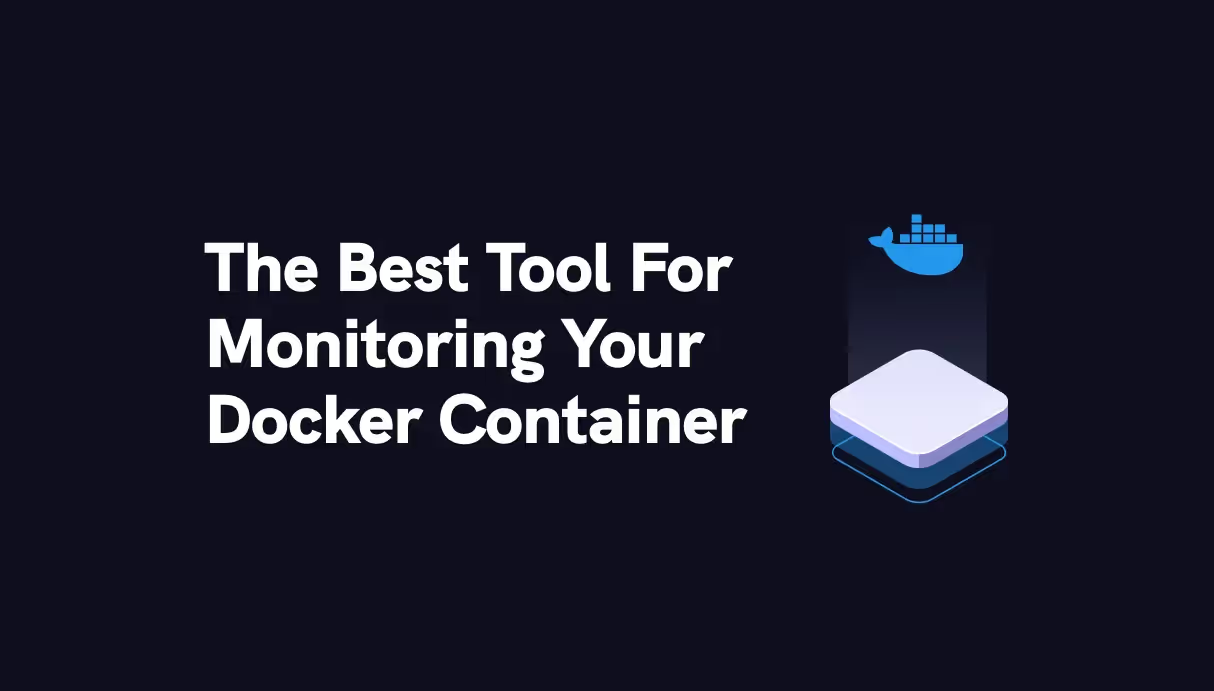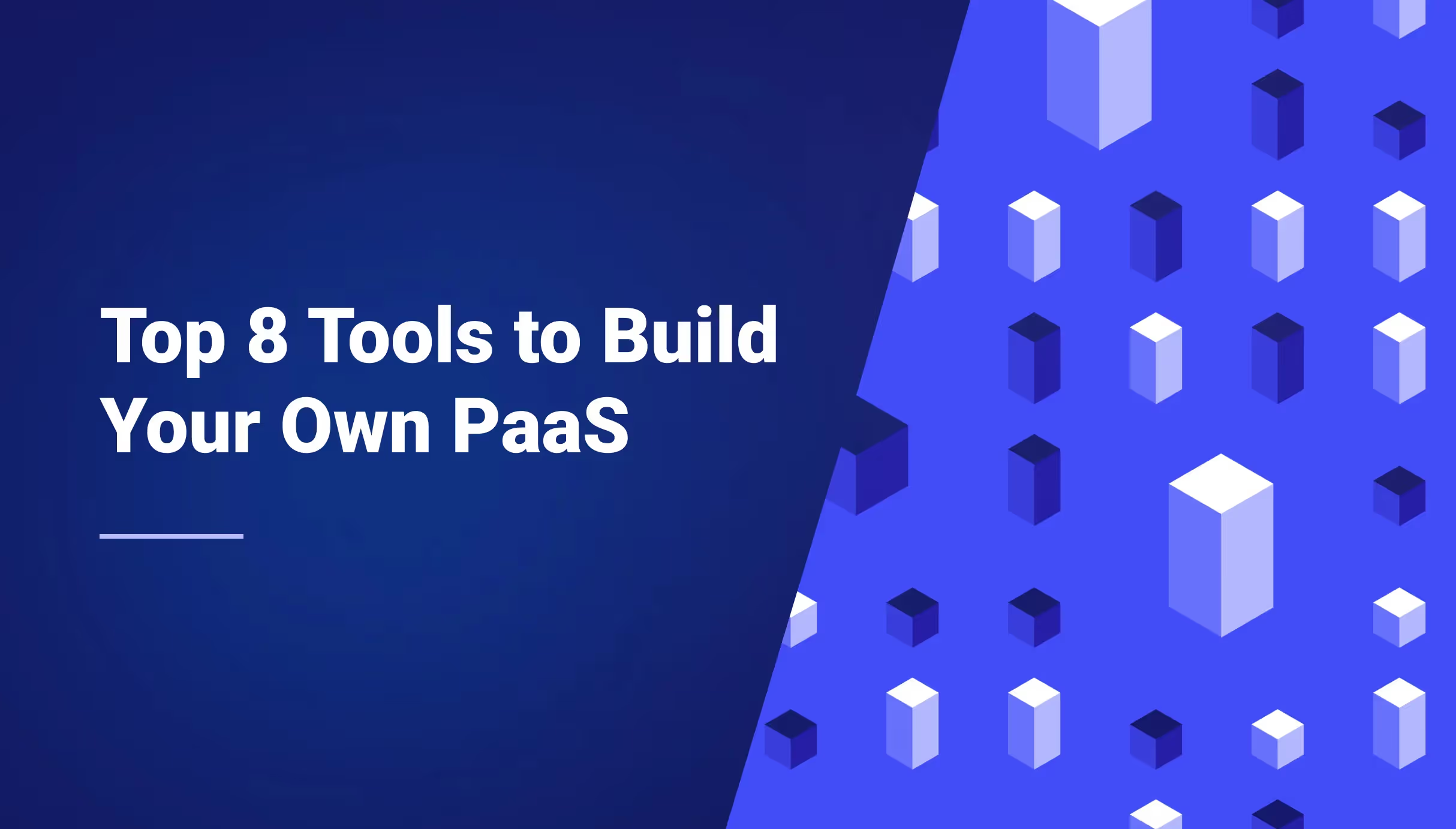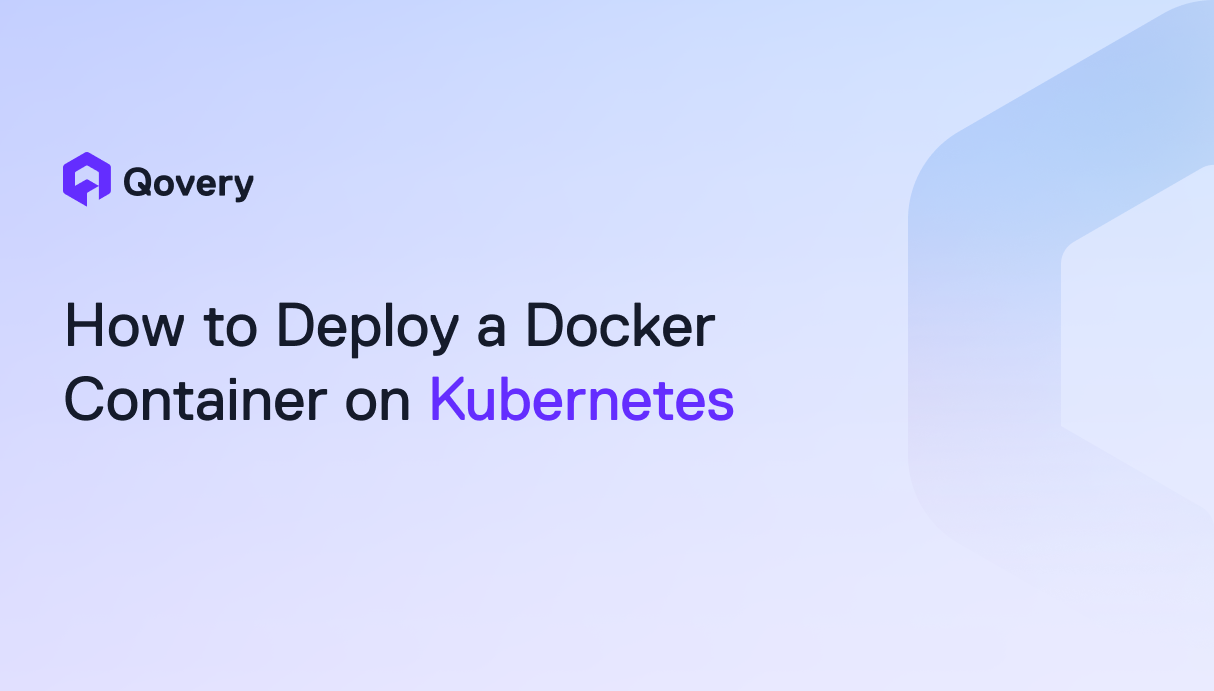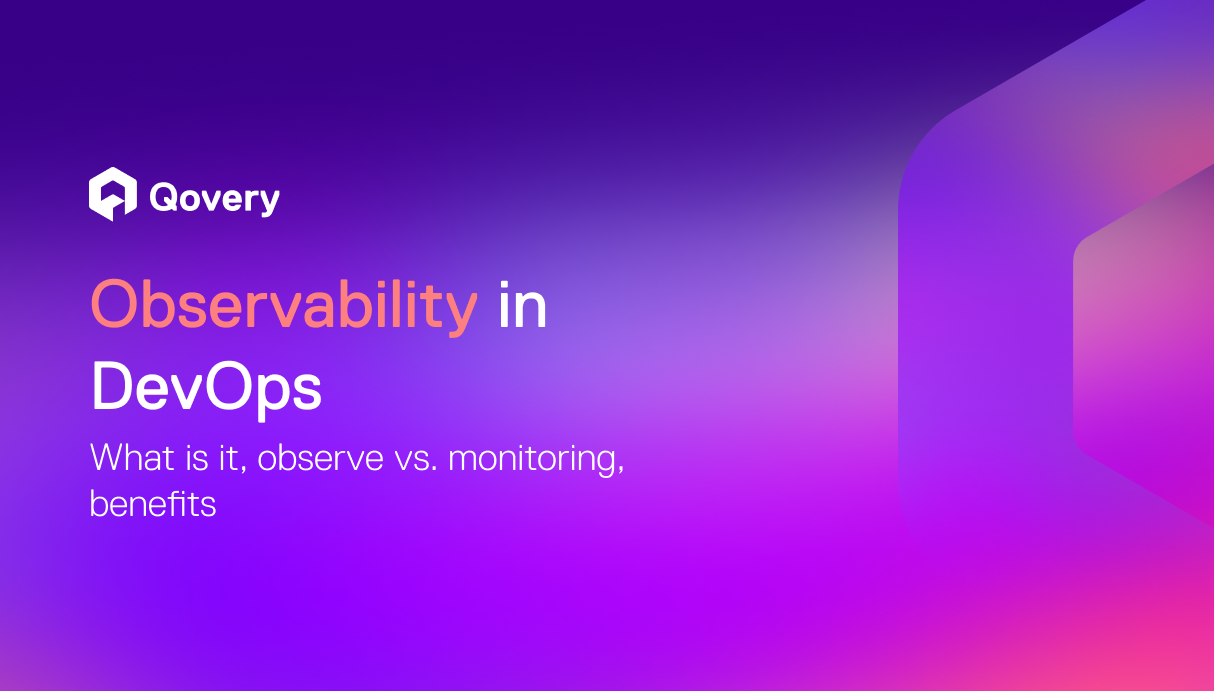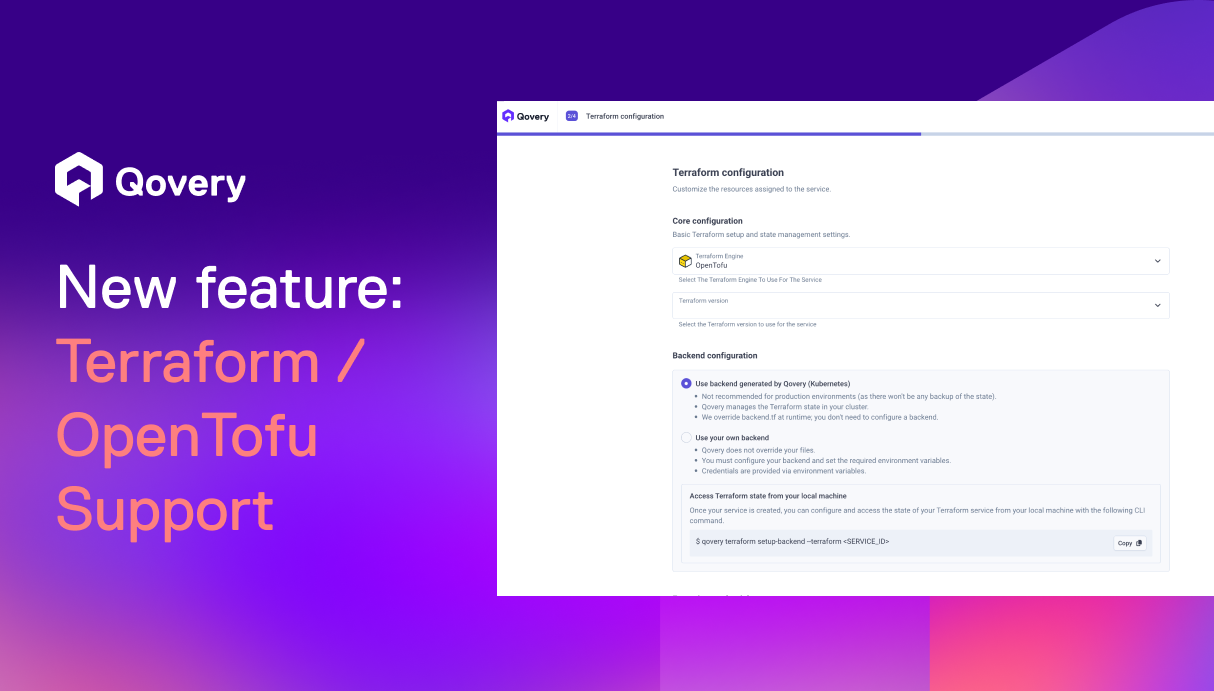
Internal Developer Portal vs. Internal Developer Platform: Which to Choose?



Internal Developer Platform: A Versatile Toolchain
An Internal Developer Platform (IDPL) refers to a suite of tooling assembled by platform engineers for developers. This diverse toolchain is crafted to minimize cognitive load for developers without obscuring critical nuances. It comprises various categories of tools, including:
- Integrated Development Environments (IDEs) such as VSCode and JetBrains
- Version Control Systems (VCS) like GitHub and GitLab
- Resources like containers, databases, storage, compute, transit
- Tools for observability, vulnerability scanning, and GitOps
- Infrastructure as Code (IaC) tools like Terraform, Ansible, and Pulumi
- Standalone platform orchestrators like Qovery and Humanitec
By integrating these tools, an Internal Developer Platform creates a comprehensive environment that streamlines the development process, enhancing productivity and collaboration. However, the effectiveness of an IDPL hinges significantly on its usability, scalability, and the implementation of guardrails to ensure safe and efficient operations.
Internal Developer Portal: The Central Interface
An Internal Developer Portal (IDPO), while a part of the broader Internal Developer Platform ecosystem, serves a distinct purpose. It is the central interface to the developer platform, cataloging every aspect of an organization's architecture. This metadata-rich catalog is a treasure trove of information about applications, services, data pipelines, environments, and resources. It also includes vital context about each element, such as the owner, documentation, relevant KPIs, tickets, etc.
An Internal Developer Portal leverages this wealth of data to facilitate workflows and provide valuable analytics. By offering a unified user experience and API, it enables developers to execute actions more efficiently and make more informed decisions. More importantly, it supports a variety of scenarios crucial to other enterprise stakeholders, such as architecture, operations, security, platform engineering, and reliability engineering.
Ultimately, both Internal Developer Platforms and Internal Developer Portals are necessary to manage the complexity and sprawl of modern software development. The explosion of third-party tools and libraries has made developers more agile than ever, but it also creates a challenging landscape to navigate. The IDPO ecosystem simplifies this process, offering a consolidated and intuitive interface to harness the power of these diverse tools.

Suggested articles
.webp)



.svg)
.svg)
.svg)



